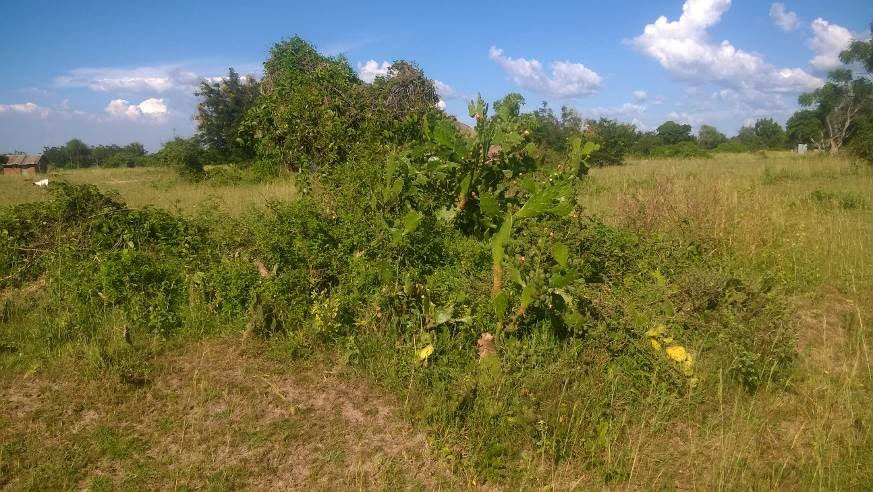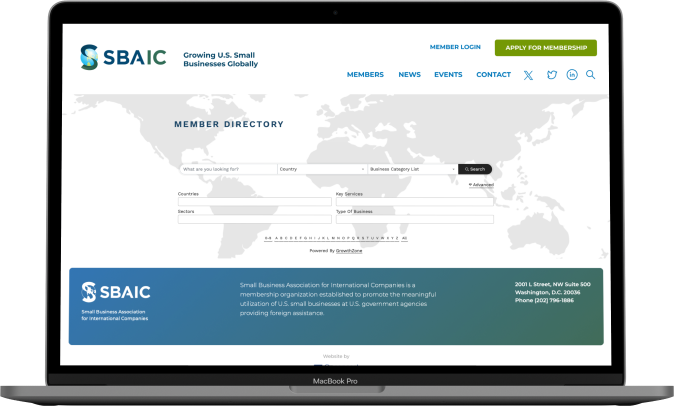Obbagy Consulting completed an Environmental and Social (ES) assessment in Uganda for a US based prime contractor on behalf of an international banking organization. The purpose of this assessment was to identify both the potential ES impacts and benefits associated with the construction of approximately 2,300 kilometers of electrical distribution lines throughout 13 different regions of Uganda.
ES assessment data were gathered through physical observations along the entire length of the proposed distribution lines, review of previous assessment reports and other relevant documents, and interviews with stakeholders in each of service territories. The results were documented in an ES report covering both potential impacts and benefits. An Abbreviation Resettlement Action Plan (ARAP) was also prepared covering socio-economic issues related to income, population, and included compensation values associated with impacts associated with tree cutting or trimming during construction activities.
Obbagy Consulting assembled a three-person team from Uganda with considerable experience and expertise in the technical disciplines associated with the preparation of ES and ARAP Reports—air and water quality impacts, community and social impacts, wetlands impacts, noise impacts, and calculation of compensation costs related to displacement or resettlement issues.
ES data gathered during the assessment process indicated that establishment and operation of the proposed distribution lines will lead to a number of appreciable social benefits throughout Uganda. With greater access to electricity, short and long term benefits to Uganda’s 13 regional territories include, but are not limited to: growth in agribusiness investments; support for telecommunications infrastructure operations; improved delivery of social services; and creation of short-term employment opportunities.
Some of the particularly interesting ES benefits envisioned or predicted include:
- No potential long-term impacts to the environment, fauna or flora.
- No households will require resettlement under the current proposed distribution route.
- All distribution companies are in support of the extension of the grid to rural areas.
- Community members, particularly those in rural growth centers, welcomed the government program of rural electrification and pointed out that electrification will support the growth of micro enterprises particularly those that rely on expensive fuel to power their operations such as generators, solar and wood fuel.
- Increasing electricity in the 13 territories, will provide beneficiaries in each of the 13 services territories with:
o Lighting for households, health centers, schools, and retail businesses.
o Phone charging capabilities in households.
o Refrigeration for health centers and retail businesses.
o Equipment functionality for grain mills and school.
The potential ES impacts associated with the project were deemed to be minimal in each of the 13 service territories. The impacts identified were primarily short term (occurring during construction activities) and are relatively the same within each of the service territories. Every attempt was made to minimize the impact on local communities. The predicted ES impacts of the proposed distribution lines can easily be addressed through the suggested mitigation measures.
The technical capabilities and expertise of the local Ugandan professionals enabled the prime contractor to meet project objectives and goals and to communicate to various local, national and global stakeholders that an independent and objective review and evaluation of data had been undertaken.
The ES benefit/impact composite prepared provided a platform for identifying actionable items to decrease the difference between expected outcomes and actual outcomes so as to gain overall acceptance for the proposed project. It also provided the basis for: avoiding potential problems with local communities by building goodwill for future needs; enhancing the project’s image in the commercial market, possibly leading to customer preference, and enhancing the project’s image with financial markets and investment advisors.

Prickly Pears Along Proposed Power Line Routes







